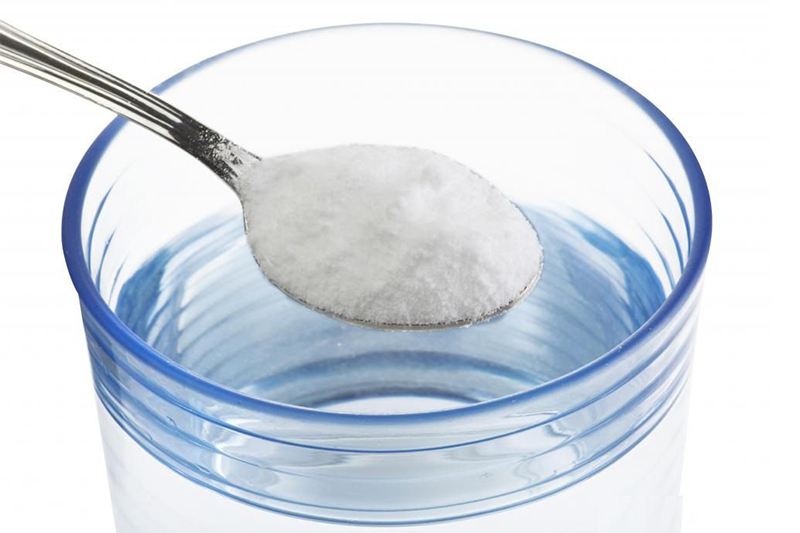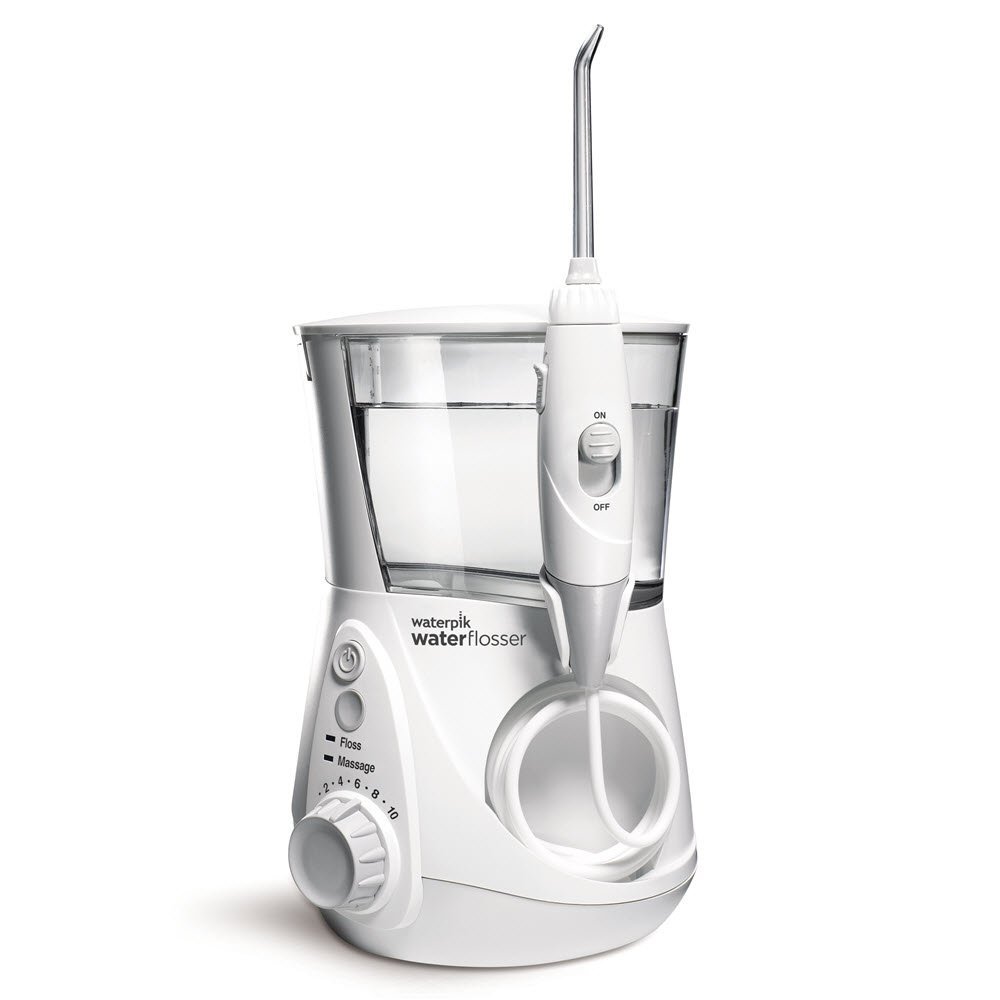This content uses affiliate links. Read our disclaimer for more info.
So you were trying to remove those pesky tonsil stones and you end up with bleeding tonsils! Great… Now what?
Well, I can tell you that you’re definitely not alone. I’ve had my fair share of bleeding tonsils throughout my journey of getting rid of my tonsil stones; so I understand the concern you may feel.
Here’s what you need to do if you’re dealing with blood while removing tonsil stones:
First of all…
Don’t Worry!
While bleeding tonsils for no reason is uncommon (and should be checked by a doctor), a little bit of bleeding during or after the removal of tonsil stones is completely normal and very common.
Tonsils are soft, fleshy tissue masses located near the back of the throat. They are quite fragile, making them easy to irritate and damage.
Sometimes, even a gentle nudge with a q-tip in attempt to remove a tonsil stone is enough to cause a little bit of bleeding.
In any case, bleeding from removing tonsil stones will generally stop within a few minutes. Just be sure to keep an eye on it.
You have nothing to worry about as long as the bleeding isn’t excessive.
However, it’s best to check with a doctor if you suspect that you’ve caused too much damage.
Gargle Warm Salt Water
Gargling a warm salt water solution will clean the tonsils and help prevent infection. It will also help reduce any inflammation in the tonsils that may have resulted from trying to remove tonsil stones.

How to make a salt water solution:
Mix 1/2 or 1 tsp of salt with 8 ounces of warm water until dissolved.
How to use the salt water solution:
Take a mouthful of the solution and gargle for 15-30 seconds. Spit it out and repeat until there’s none left. Make sure to tilt your head back so the salt water solution hits your tonsils while gargling.
Do not swallow the solution. It’s not dangerous to swallow it, but it isn’t necessary to do so.
Take A Break From Removing Tonsil Stones
I know it can be tempting to continue removing any existing tonsil stones, but it’s best to leave them alone for a little while.
As said before, tonsils are quite fragile. Because of this, it’s a good idea to let them heal up a bit so you don’t cause any further damage.
If you really want to continue trying to remove the tonsil stone; switch to a more gentle method such as gargling plain water or a salt water solution (such as the recipe shown above).
Gargling can be very effective at dislodging tonsil stones and it will not cause any damage to the tonsils.
If you generally like to remove tonsil stones by using your finger or a tool such as a q-tip, remember to be more gentle while poking around your tonsil next time.
Use A More Effective Removal Tool
Q-tips or your finger are the most common “removal tools” for tonsil stones. However, poking and nudging your tonsils is an easy way to cause bleeding and damage.
If you think you’ve been causing too much damage to your tonsils, you may also want to look into using an oral irrigator to remove your tonsil stones.
An oral irrigator, such as the Waterpik Water Flosser (click here to view on Amazon), is an oral hygiene tool that shoots out a stream of water. It’s originally intended for flossing between the teeth, however, the stream of water is incredibly helpful at blasting out tonsil stones and cleaning out the tonsils.
The great thing about using a water flosser is not only that it removes tonsil stones with ease, but that the stream of water cleanses bacteria out of the tonsils and prevents tonsil stones from continuing to form when used regularly.
How To Use A Water Flosser To Remove Tonsil Stones:
- Put the water flosser on a gentle pressure setting.
- Using a mirror and a flashlight; shine the light into your mouth and locate your tonsils.
- Point the tip of the water flosser as close to the tonsil stone(s) as you can.
- Lean over the sink to avoid mess and allow the stream of water to flow.
- Repeat as needed until the tonsil stone(s) is removed
The water flosser method is my personal favorite. It’s the one that I (and many others) use to prevent tonsil stones! Click here if you’d like to read more about this in detail.
Check With A Doctor If Necessary
If the bleeding is excessive or you think you’ve caused too much damage, please check with a doctor.
Although it’s uncommon, there is a possibility that your tonsils could become swollen or infected if you’ve been too harsh with them. Visiting a doctor is the best way to avoid any problems.
A doctor will be able to prescribe medication if necessary as well as give advice on treating tonsil stones.
When it comes to tonsils and tonsil stones, the best kind of doctor to go to is an Otolaryngologist, commonly known as an ENT (ear, nose, throat). An ENT specializes in problems pertaining to the throat (as well as the ears and nose), so they will be able to check your tonsils for damage or infection.
And ENT may also remove your tonsil stones with proper tools in order to avoid damage from home removal.
Top Product Recommendations For Getting Rid Of Tonsil Stones:
If you’re irritating your tonsils too much while trying to remove tonsil stones, it’s time to remove them in a more gentle, effective way and work on preventing them from forming in the first place. Here are some top recommended products that’ll help you do just that:
Waterpik Water Flosser: Safely and easily remove tonsil stones with a water flosser. Point the water flosser at the crevices where the tonsils tones are located. The steady stream of water will dislodge the tonsil stones and cleanse the area (learn more here).
TheraBreath 24-Hour Oral Rinse: Oxygenating daily mouth wash that helps fight tonsil stone and bad-breath causing bacteria.
TheraBreath Deluxe Tonsil Stone Kit: A dentist-created kit that has everything you need to fight against tonsil stones.
Airgoesin Tonsil Stone Removal Tool Kit: A kit that comes with a light up tool that’ll help you easily locate and dislodge tonsil stones.
Tongue Scraper: Remove bacteria and bad breath causing residue that lives on the surface of the tongue.
For the most part, there’s no need to worry if your tonsils bleed a little bit after removing/trying to remove tonsil stones!
Just allow your tonsils to rest, consider gargling some warm salt water and try your best to not cause too much damage next time you need to remove a tonsil stone.
Remember that the best way to avoid bleeding from happening in the first place is to gently remove all existing tonsil stones and keep the tonsils clean to prevent the tonsil stones from forming again. Read how to do that easily by clicking here:

